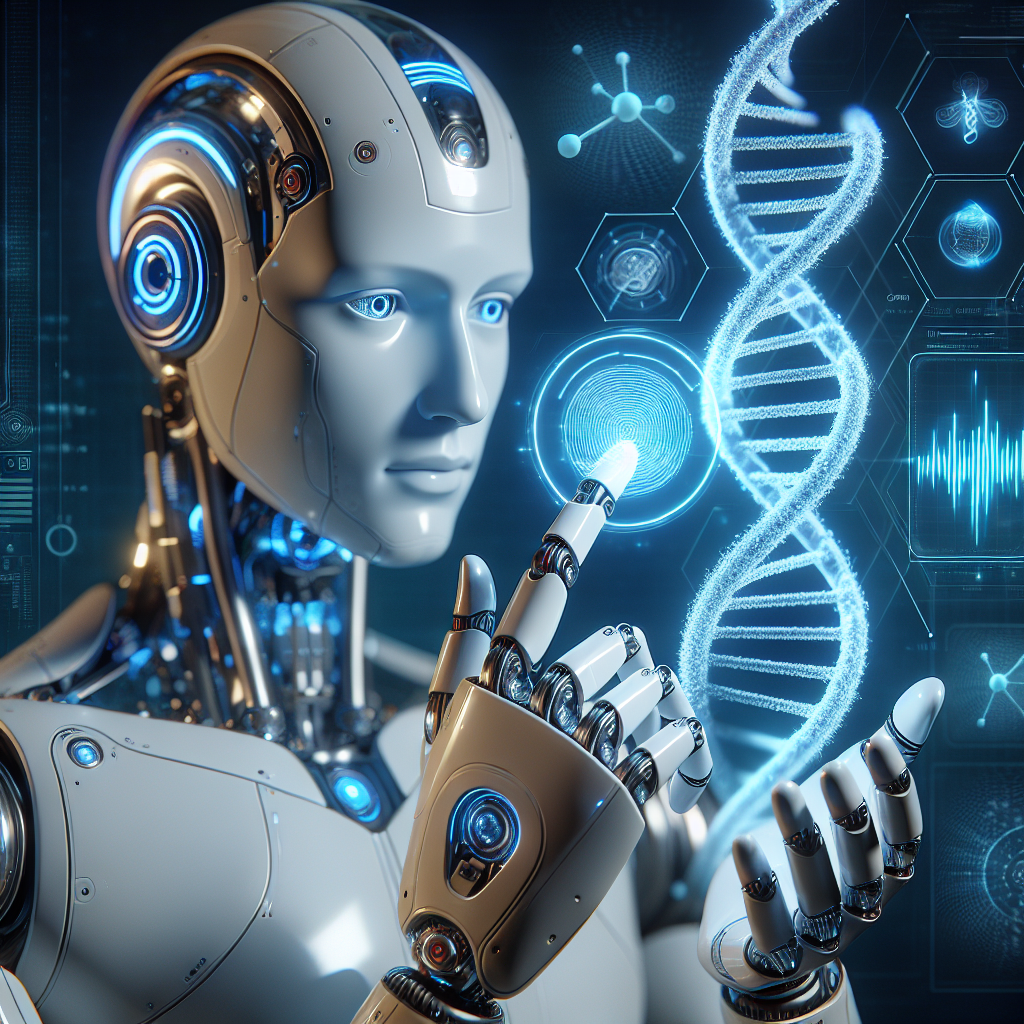The field of healthcare robotics is rapidly evolving, with artificial intelligence (AI) playing a key role in driving innovation and improving patient care. From robotic surgery to AI-powered diagnostics, the possibilities for AI in healthcare robotics are vast. In this article, we will explore the future of AI in healthcare robotics, looking at current applications, emerging technologies, and potential challenges.
Current Applications of AI in Healthcare Robotics
AI is already being used in a variety of healthcare robotics applications, with the goal of improving patient outcomes and increasing efficiency in the delivery of care. One of the most well-known applications of AI in healthcare robotics is robotic surgery. Robots are now being used to assist surgeons in performing minimally invasive procedures with greater precision and accuracy. These robots can be controlled remotely by surgeons, who can operate on patients from a different location.
In addition to surgical robots, AI is also being used in the development of robotic exoskeletons, which can help patients with mobility issues to walk again. These exoskeletons use AI algorithms to analyze the patient’s movements and provide assistance as needed. This technology has the potential to greatly improve the quality of life for individuals with disabilities.
Another area where AI is making a significant impact in healthcare robotics is in diagnostics. AI-powered algorithms can analyze medical images, such as X-rays and MRIs, to detect signs of disease or injury. These algorithms are often more accurate and efficient than human radiologists, allowing for faster and more accurate diagnoses.
Emerging Technologies in AI Healthcare Robotics
As technology continues to advance, new possibilities for AI in healthcare robotics are emerging. One exciting development is the use of AI-powered robots for patient care. These robots can assist with tasks such as medication management, monitoring vital signs, and providing companionship to patients. By automating these routine tasks, healthcare providers can focus more on delivering personalized care to patients.
Another emerging technology in AI healthcare robotics is the use of AI-powered chatbots for patient communication. These chatbots can provide patients with information about their condition, answer questions, and even schedule appointments. By using AI chatbots, healthcare providers can improve communication with patients and streamline the delivery of care.
AI is also being used to develop personalized treatment plans for patients. By analyzing large amounts of data, AI algorithms can identify patterns and trends in patient outcomes, allowing for more targeted and effective treatments. This personalized approach to healthcare can lead to better outcomes for patients and a more efficient use of resources.
Challenges and Considerations
While the potential benefits of AI in healthcare robotics are vast, there are also challenges and considerations that must be addressed. One of the main concerns is the ethical implications of using AI in healthcare. Issues such as patient privacy, data security, and algorithm bias must be carefully considered to ensure that AI is used in a responsible and ethical manner.
Another challenge is the integration of AI technologies into existing healthcare systems. Healthcare providers must invest in training and infrastructure to effectively implement AI in their practices. Additionally, there may be resistance from healthcare professionals who are concerned about the impact of AI on their jobs.
Finally, there is the challenge of ensuring that AI technologies are safe and effective for patients. Regulatory agencies must establish guidelines for the development and deployment of AI in healthcare robotics to ensure that these technologies meet high standards of safety and quality.
FAQs
Q: Will AI robots replace human healthcare providers?
A: While AI robots have the potential to assist healthcare providers in delivering care, they are unlikely to replace human providers entirely. Human touch and empathy are essential components of healthcare, and AI robots are best suited for tasks that can be automated, such as diagnostics and monitoring.
Q: How can AI improve patient outcomes in healthcare robotics?
A: AI can improve patient outcomes in healthcare robotics by providing more accurate diagnoses, personalized treatment plans, and efficient delivery of care. By analyzing large amounts of data, AI algorithms can identify patterns and trends that can lead to better outcomes for patients.
Q: What are the potential risks of using AI in healthcare robotics?
A: Some potential risks of using AI in healthcare robotics include patient privacy concerns, data security issues, and algorithm bias. It is important for healthcare providers to carefully consider these risks and implement safeguards to protect patients and ensure the responsible use of AI technologies.
In conclusion, the future of AI in healthcare robotics is promising, with the potential to revolutionize the delivery of care and improve patient outcomes. By leveraging the power of AI algorithms and robotics technology, healthcare providers can enhance the quality, efficiency, and personalized nature of patient care. However, it is important to address the challenges and considerations associated with AI in healthcare robotics to ensure that these technologies are used in a responsible and ethical manner. With careful planning and implementation, AI has the potential to transform the field of healthcare robotics and improve the lives of patients around the world.

